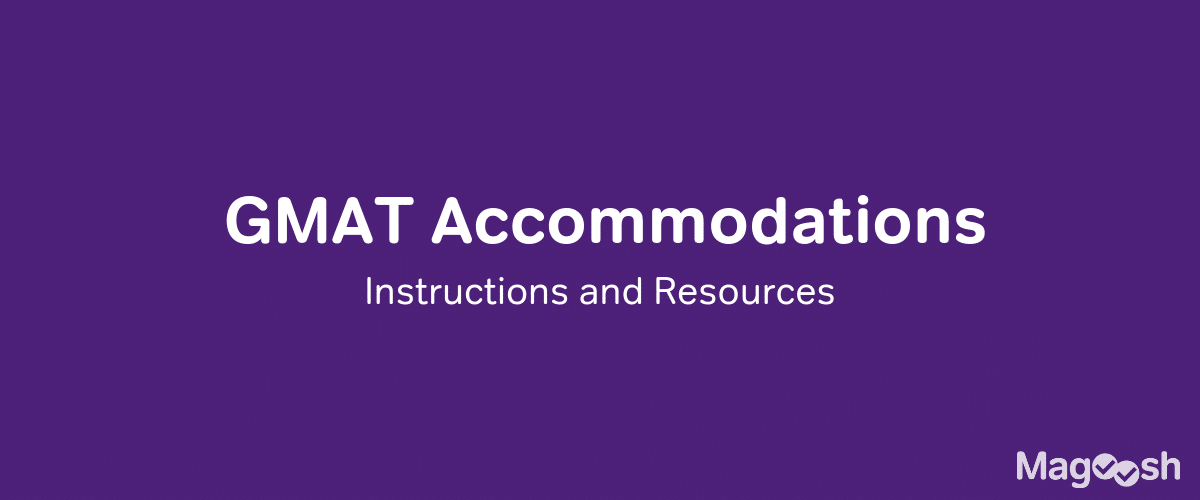UPDATE: You can find this blog and others about idioms in our new GMAT Idiom eBook!
Conjunctions
Conjunctions are joining words: they help to link together two nouns, or two verbs, or two larger structures in a sentence. Coordinating conjunctions (e.g. “and”, “but”, “or”) simply link two words or parts — they can even link two independent clauses. Subordinate conjunctions (“because”, “that”, “who”, etc.) introduce a subordinate clause, a dependent clause. One unique feature of English is a third category, the correlative conjunctions — each is a pair of words or a pair of short phrases, and although separated in the sentence they act together as an organizing unit. How this work can be particularly confusing to folks learning English as a second language.
Correlative conjunctions
either A or B
neither A nor B
both A and B
not A but B
not only A but also B
not just A but also B
not so much A as B
between A and B
just as A, so B
for every A, B
The first two are “all purpose” in the sense that they can join two individual words (two nouns, two verbs, two adjectives, etc.) or phrases or even independent clauses. These are the most flexible in their use. Remember that “neither …nor” counts as a single negative, so another negative with these would be a double negative.
Contrast and joining
The next five require some comments.
both A and B
not A but B
not only A but also B
not just A but also B
not so much A as B
These can contrast single nouns or single verbs, but it’s much more likely for the GMAT to use them to set in parallel two of a more sophisticated structure (verb phrase, infinitives, participial phrase, gerund, etc.) None of these are used to link two independent clauses.
Both A and B simply affirms both elements equally, whereas not A but B negates the first and affirms the second. The next two, not only A but also B and not just A but also B, also affirms both elements, but with the connotations that A is more expected or more taken for granted and B is more of a surprise or something additional.
1) Beethoven was not only a great composer but also an electrifying pianist, according to contemporary accounts.
The first, “great composer”, is expected — anyone who has heard of Beethoven knows he’s a composer. The second may come as a surprise to folks who are not particularly familiar with his biography. This why the “not only … but also” idiom is more appropriate here than the “both … and” would be.
Be careful not to conflate these idioms —- typical GMAT mistake patterns include “not … but also” and “not only … but”. Make sure you know exactly how to use these.
The final one is the most sophisticated of these five: not so much A as B. It demonstrates a difference in degree: whatever is being asserted, A is true or relevant, but it is less true or less relevant, and B is more so by comparison. This is used for nouns primarily for nouns, noun-like phrase (infinitives & gerunds), prepositional phrase or participial phrases.
2) The CEO wants to organize a new division around these six products, not so much to promote the sales of these six as to establish a foothold in a new market sector.
3) In composing the Bill of Rights, the Founding Fathers valued not so much defending the rights of criminals as protecting any innocent person from unjust punishment.
4) Ironically, Columbus is remembered not so much for his original goal, finding the sea route to Asia, as for his accidental discovery, North America.
5) After his dramatic home run in the 1988 World Series, Gibson rounded the bases not so much running as hobbling.
This form can also contrast two verbs, with a format: [subject] “do not so much” [verb #1] “as” [verb #2].
6) Flying squirrels do not so much fly as glide in a long leap from tree to tree.
Between A and B
The word “between” is a preposition in this construction, so A & B must be either nouns, or something that could take the place of noun, such as a gerund. The word “between” appears most frequently on the GMAT in the constructions “difference between” and “distinction between.”
7) “The difference between the right word and the almost right word is the difference between lightning and a lightning bug.” — Mark Twain
Just as A, so B
This construction is used only to link two independent clauses. It sets up a comparison, and it is discussed further in the idioms of comparison.
For every A, B
Here, the word “for” is a preposition, so A and B have to be nouns. In fact, in this idiom, A & B have to be concrete nouns. This idiom discusses a correspondence, expressing the ratio between the elements of A and the elements of B. It is frequently used in economic and political contexts. In fact, this is a frequent idiom in GMAT math problems.
8) For every dollar Roscoe Corporation spends on R & D, Utica Central spends seven dollars.
9) For every vote McCormick wins in the Midwest with this new strategy, he stands to lose two or three in the Northeast and in California.
10) For every 10% increase in the value of x, y increases 25%.
Summary
Know the idioms given in bold in this post. As always with idioms, read, read, read! Search for the idioms in this post in context. You understand English best when you understand it in context.






Leave a Reply